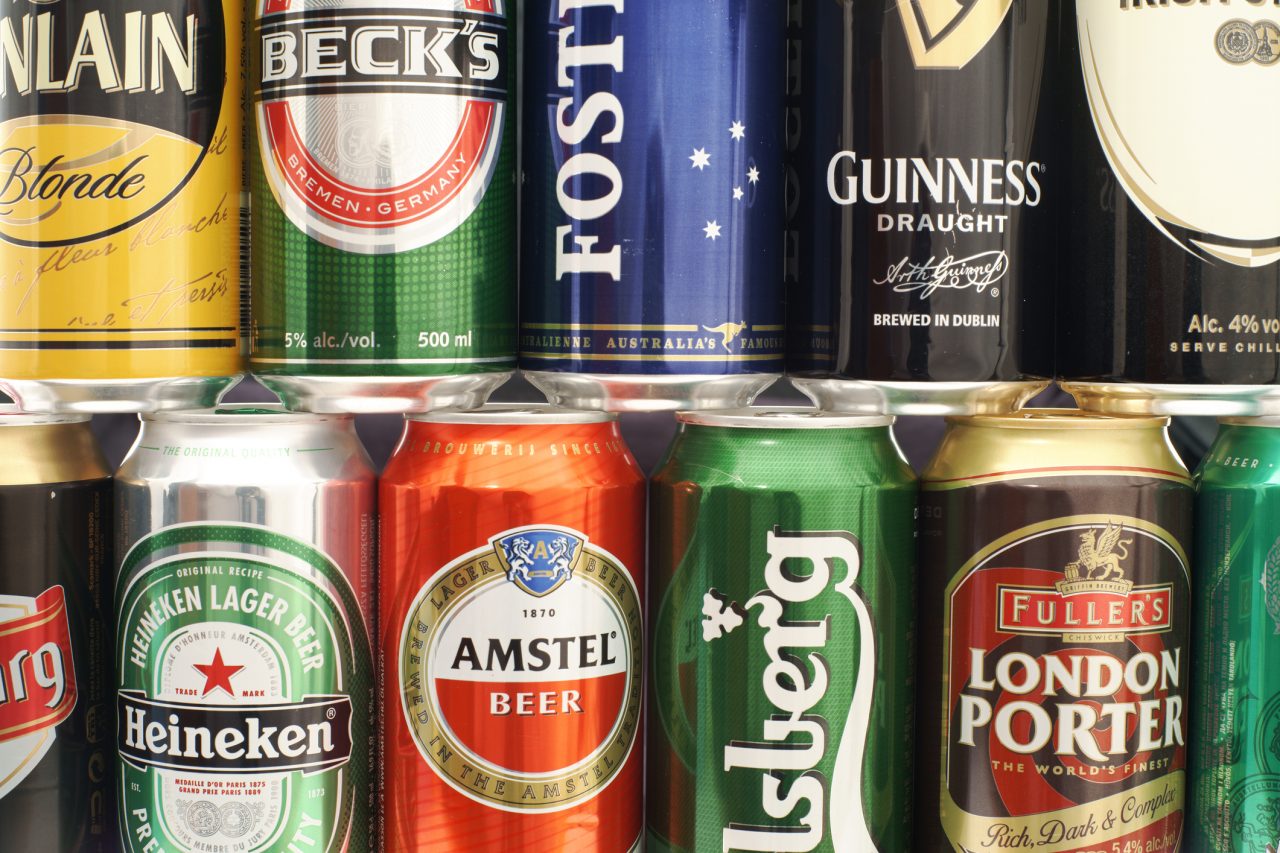
With Brits up in arms after a popular tipple slashed its alcohol strength, it might come as unwelcome news that many of our favourite beers have become less alcoholic in recent years.
Beer lovers are saying there’s now ‘no point’ drinking a beloved favourite, which they claim has been turned into ‘f**king shandy’ after its ABV was cut.
But they may not know four more beers have also undergone a similar change.
Why are UK brewers slashing the alcohol strength of their beers?
It’s nothing so drastic as going from the sort of pint that’d get you sloshed to basically fizzy water, but a few brewers have slightly lowered the alcohol content to save on money.
Part of the reason for this is the way the UK taxes alcoholic drinks, as brewers pay lower taxes on drinks with a lower alcohol content.
Basically, if you’re brewing a beer and want to save a bit of money, you slightly tune down the alcohol by volume (ABV) and save yourself a few pennies in tax with each sale.
Provided you’re selling in large quantities then a few pence per drink will save you a fortune.

They’re not quite what ABV the drinks were, but do you mind much? (Getty Stock Photo)
If you’ve been keeping your eyes peeled at the bar you might have noticed that some of the numbers have changed, and not just on the price of a pint.
Which beers have had their alcohol strength cut?
Quite recently Grolsch ended up going down to 3.4 percent from four percent, but that’s not the first time in recent years that this Dutch beer has lost some strength.
They may have dropped from four percent this time, but before that they fell down from five percent so Grolsch has shed a whole 1.6 percent worth of alcohol in the past few years and that’s bound to have an impact.
This change was specifically for beer sold in Britain, and Asahi UK said they still saw Grolsch as ‘an excellent premium beer that will appeal to a broad range of consumers’.
They’re not the only beer brand in recent times to turn down the alcohol strength in their drinks.

Fosters in the UK dropped from four percent ABV to 3.7 percent. (Newscast/Universal Images Group via Getty Images)
Fosters went down from four percent to 3.7 percent, which has helped them save tax money on each can sold.
Brewer Heineken told CNN last year the reduction in ABV comes as drinkers are ‘increasingly choosing lower-ABV products as part of a balanced lifestyle’, but admitted it also helps tackle ‘unprecedented cost increases’.
Other stronger drinks have also followed suit and been hit by a barrage of ‘drinkflation’, with Spitfire dropping from 4.5 percent to 4.2 percent.
Meanwhile, Bishops Finger is still mighty at 5.2 percent, but they did drop it a bit from 5.4 percent.
Shepherd Neame, which brews both beers, told CNN they hoped the change would ‘expand [the beers’] appeal’ since customers were ‘increasingly choosing drinks with a lower alcohol content as part of a healthy lifestyle’.
These are still pretty strong beers and they’re not falling much, a bit like Old Speckled Hen which fell from five percent to 4.8 percent.
Brewer Greene King told CNN the change was a response to ‘inflationary pressures on raw materials, packaging costs and energy prices’ and ‘lowers the [tax] we pay without noticeably affecting the beer’s flavor’.
LADbible has contacted Asahi UK, Shepherd Neame, Heineken and Greene King for a comment.